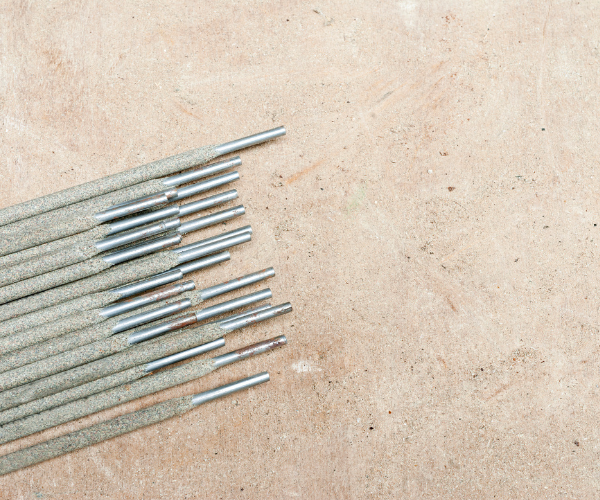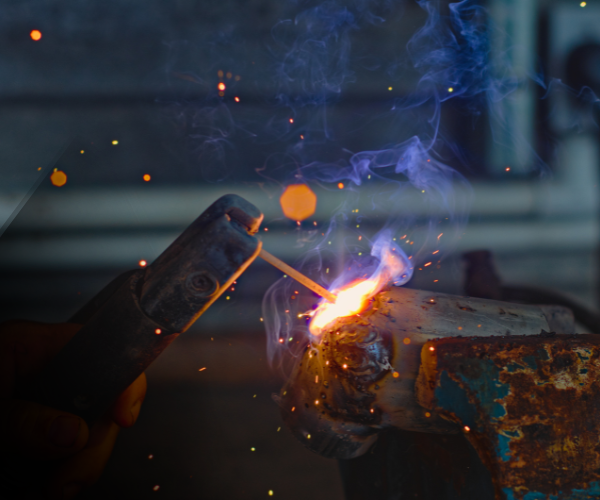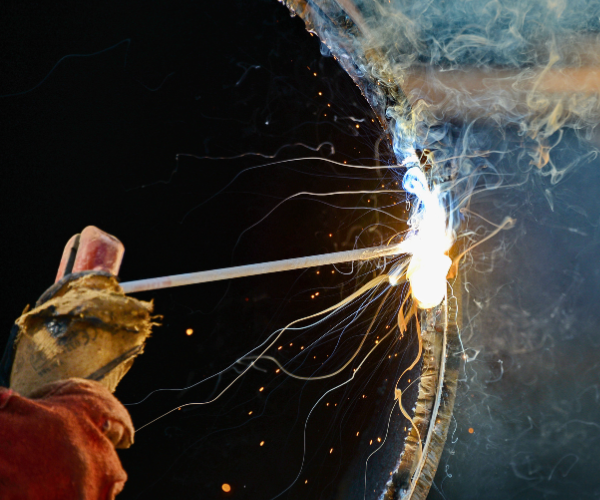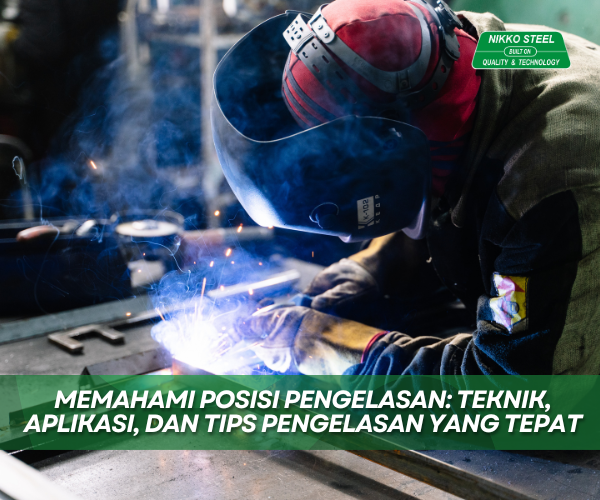Common Welding Defects: Causes and How to Avoid Them
Welding is the process of joining two or more metals by melting a portion of the metal and adding filler material such as welding electrodes. However, welding does not always go smoothly. Various defects can occur during the welding process. This article will discuss some common welding defects, their causes, and how to avoid them, with a focus on the use of welding electrodes.
1. Porosity
Porosity is a welding defect that occurs when gas gets trapped in the molten metal and forms small cavities as the metal solidifies. These cavities can reduce the strength of the weld joint and make it prone to damage.
Causes:
Contamination on the surface of the metal or welding electrode: Dirt, oil, or moisture can cause gas to be trapped.
Inadequate shielding gas: In gas-shielded welding, insufficient or disrupted gas flow can cause porosity.
Improper welding parameter settings: Incorrect current and voltage settings can cause gas to be trapped.
How to Avoid:
Clean the metal surface and welding electrode before welding to remove dirt and oil.
Ensure adequate shielding gas flow and prevent it from being disturbed by wind or drafts.
Use appropriate welding parameters according to the welding electrode and material manufacturer’s recommendations.
2. Cracking
Cracking is a welding defect where there are gaps or fractures in the weld metal or base metal being welded. Cracking can occur during or after the cooling process and can be caused by thermal stress, incompatible material composition, or residual stress.
Causes:
Fast cooling: When the metal cools too quickly, thermal stress can cause cracking.
Incompatible material composition: Some materials are more prone to cracking due to their chemical composition.
Residual stress: Stress left in the metal after welding can cause cracking.
How to Avoid:
Control the cooling rate by allowing the weld to cool naturally or using insulation covers.
Use welding electrodes compatible with the material being welded, following manufacturer guidelines and applicable standards.
Reduce residual stress with proper welding techniques and post-weld heat treatment (PWHT) if necessary.
3. Underfill and Undercut
Underfill is a condition where the filler metal is insufficient to fill the weld joint, leaving areas that are not well-filled.
Undercut is a groove that occurs along the weld joint edge, where the base metal is gouged out, weakening the joint.
Causes:
High welding speed: Can cause insufficient filler metal deposition.
Improper current and voltage settings: Can cause base metal gouging.
Incorrect welding position: Can cause uneven metal distribution.
How to Avoid:
Set appropriate welding speed to ensure adequate filler metal deposition.
Adjust current and voltage settings according to welding electrode and material specifications.
Use the correct welding position and ensure welding is performed with proper techniques.
4. Slag Inclusion
Slag inclusion is a defect where remnants of slag from the welding process get trapped in the weld metal. This can reduce the weld strength and cause non-uniformity in the weld area.
Causes:
Incomplete slag removal: Slag not cleaned from previous weld layers can get trapped.
Poor welding technique: Incorrect electrode movement can cause slag to be trapped.
Inappropriate welding electrode: Some types of welding electrodes are more prone to slag inclusion.
How to Avoid:
Carefully clean slag after each welding layer.
Use proper welding techniques with correct electrode movement.
Choose suitable welding electrodes for the application and material being welded.
5. Lack of Fusion
Lack of fusion occurs when the welded metal parts do not bond perfectly. This can be caused by too low welding current, too high welding speed, or contamination on the metal surface.
Causes:
Too low welding current: Insufficient heat to melt the metal.
Too high welding speed: Not enough time for the metal to bond.
Surface contamination: Dirt or oxides on the metal surface can block fusion.
How to Avoid:
Set a high enough welding current to ensure proper metal melting.
Adjust welding speed to give the metal enough time to bond.
Clean the metal surface and welding electrode before welding to remove dirt and oxides.
6. Distortion
Distortion is a change in the shape of the metal caused by welding heat. Distortion can be caused by uneven heating, poor joint design, or inadequate holding force during welding.
Causes:
Uneven heating: Can cause different parts of the metal to expand and contract at different rates.
Poor joint design: Inappropriate joint design can worsen distortion.
Inadequate holding force: Metal not held properly can deform during welding.
How to Avoid:
Use welding techniques that reduce heat, such as sequential or intermittent welding.
Design joints properly considering the effect of heat on the material.
Use clamps and jigs to keep the metal in place during welding.
7. Spatter
Spatter is small splashes of molten metal that occur during welding. Spatter can make the weld surface rough and require additional cleaning. Spatter is usually caused by too high welding current, incorrect welding technique, or inappropriate welding electrodes.
Causes:
Too high welding current: Can cause excessive metal melting and splashing.
Incorrect welding technique: Wrong electrode angle or distance can cause spatter.
Inappropriate welding electrodes: Some welding electrodes are more prone to spatter.
How to Avoid:
Set welding current according to welding electrode and material specifications.
Use proper welding techniques with correct electrode angle and distance.
Choose suitable welding electrodes for the application and welding conditions.
Conclusion
Addressing welding defects requires a deep understanding of their causes and how to avoid them. By paying attention to cleanliness, setting appropriate welding parameters, choosing the right welding electrodes, and using good welding techniques, many welding defects can be avoided. Good welding not only results in strong and durable joints but also improves efficiency and safety in welding work.



